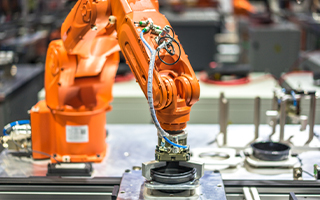Please submit the following details to download this asset.
How Microland has removed five major barriers on the road to NaaS
The whitepaper discusses the benefits and challenges of transitioning to Network as a Service (NaaS), emphasizing its potential for scalability, agility, and cost-effectiveness. It highlights five key barriers to NaaS adoption: complex integration with existing systems, potential downtime during the transition, OEM lock-in, contractual limitations, and challenges in improving user experience.
Microland addresses these issues with a platform-centric delivery model, automation, and a vendor-agnostic approach. Our Intelligeni NetOps platform ensures seamless integration, zero downtime, and enhanced user experience. Microland’s flexible contracts and rigorous testing further support a smooth transition to NaaS, aiming to deliver significant business outcomes and optimized costs.
Please submit the following details to download this asset.


















